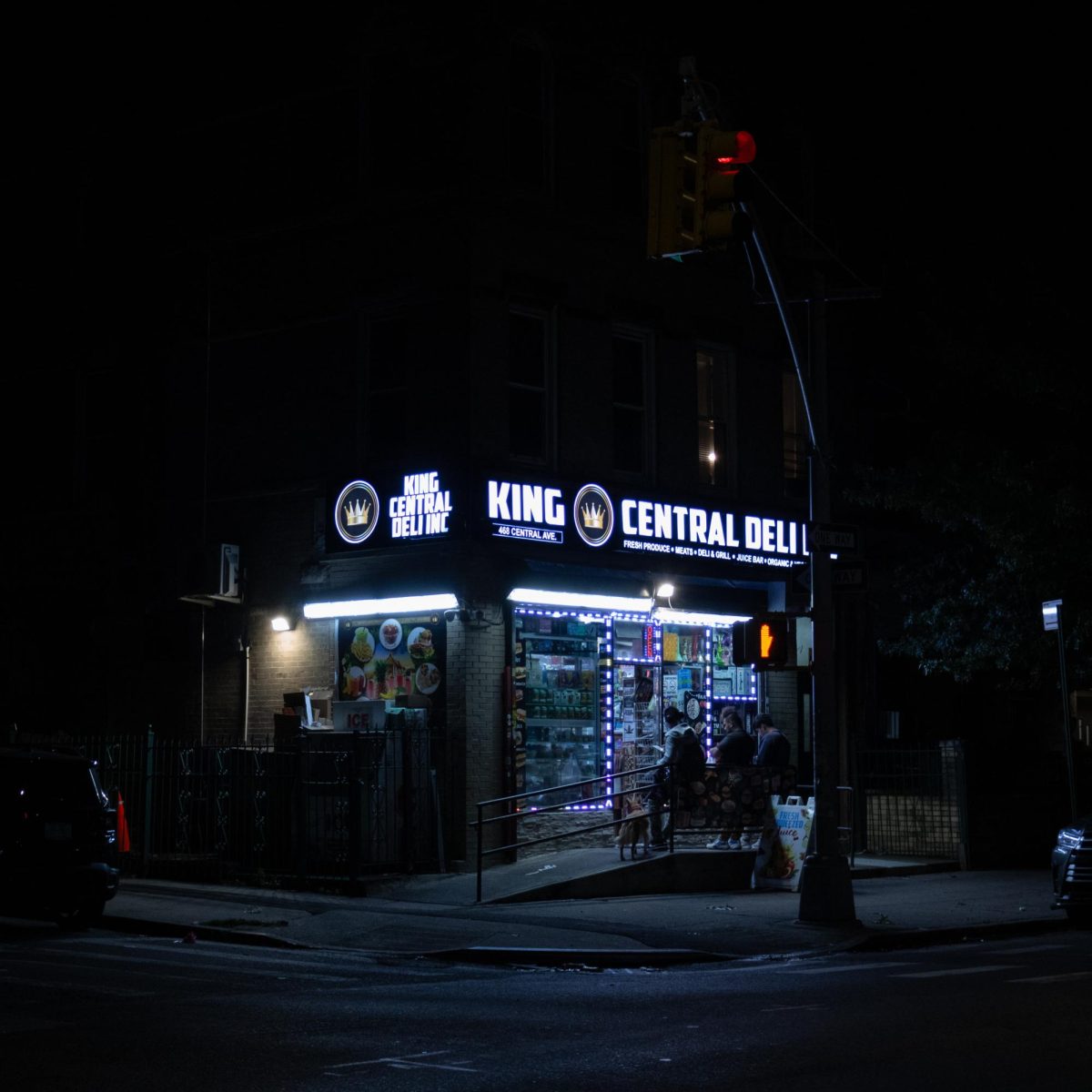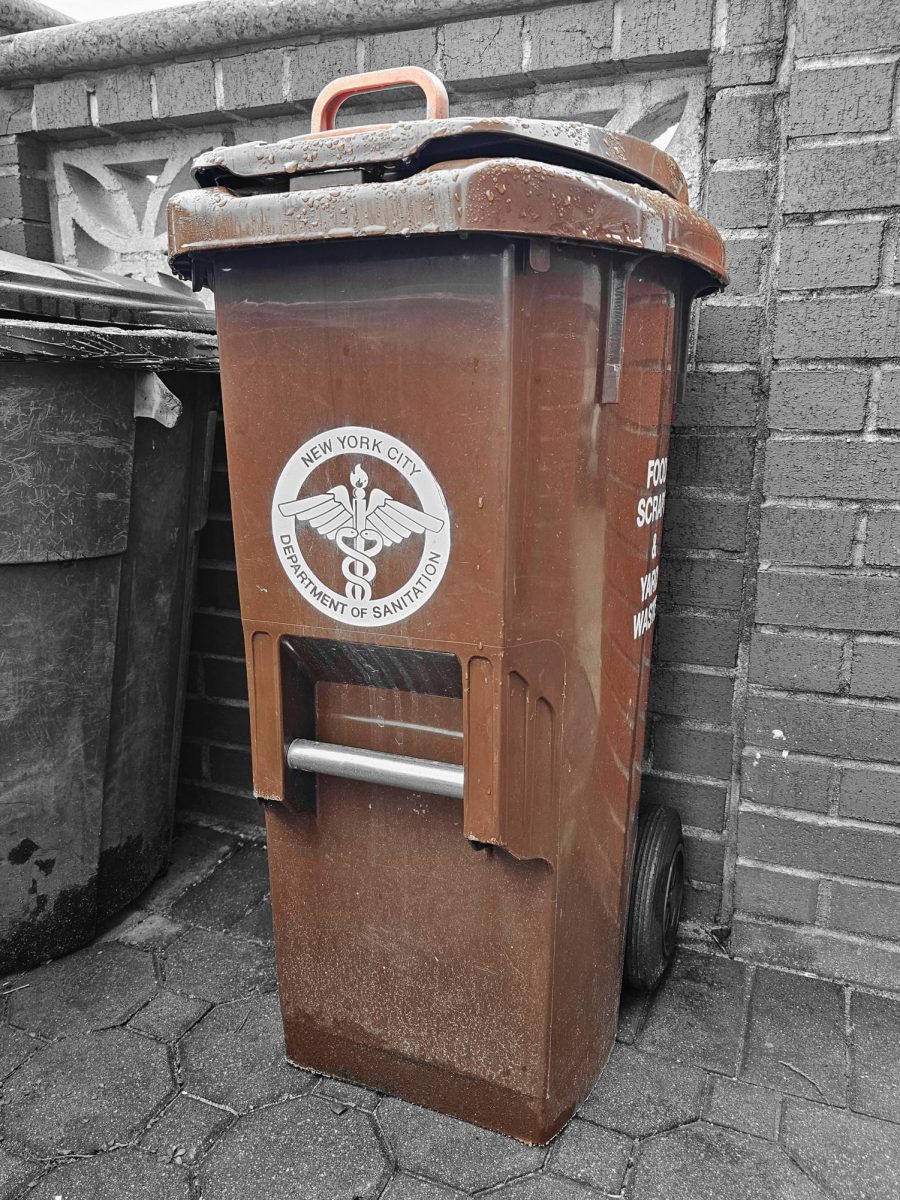Starting in fall 2023, CUNY will no longer be using Blackboard. They will be using a new platform called Brightspace to modernize and streamline CUNY’s learning management system experiences for students, staff and faculty.
The CUNY campuses were placed in three transition groups where students will slowly shift from using Blackboard to using Brightspace. The migration from Blackboard to Brightspace will occur between 2023 and 2025.
Baruch College is expected to start the transition in spring 2024 and fully transition to Brightspace in summer 2024, as it is in group two. The Ticker has previously reported that students hoped Blackboard would receive a better replacement.
Students criticized Blackboard for its cluttered appearance, glitches and inconvenient maintenance times. Brightspace promises a modern version that will hopefully solve these issues.
The goal of the new platform transition is to support teaching and learning with new capabilities. Additionally, the platform will support online learning and introduce advanced analytics that can track a student’s success.
Overall, it seeks to set a foundation for an informative and connecting learning experience.
In fall 2023, the current phase of the transition is focused on the first group of CUNY colleges preparing to migrate their courses to Brightspace.
The six schools in group one are Borough of Manhattan Community College, CUNY School of Labor and Urban Studies, Hostos Community College, John Jay College of Criminal Justice, Medgar Evers and Queens College.
By spring 2024, students in these schools will no longer have access to Blackboard as their courses will officially be on Brightspace. Similarly, Baruch alongside seven schools will start the transition in the spring but students’ courses will be available on Brightspace in the summer.
The next two groups will be carried from fall 2024 to summer 2025 until the project ends in the following fall and Blackboard is no longer available for use.
Additionally, in fall 2025 governance groups of the projects will have to wrap up their work. These campus representatives oversaw the development of a framework that would make the transition smoother with one committee and two teams made of 150 people.
The steering committee creates parameters that are consistent with CUNY policy. They also ensured the resources were shared with the colleges that needed them so that the learning platform could be implemented and policies or strategy questions could easily be addressed.
The core strategy team makes decisions based on guidelines the committee creates and input from professionals.
Lastly, the CUNY advisory team provided feedback on the overall transition process in addition to sharing updates and information.
Students’ questions or input about the transition can be directed to The Office of Academic Affairs.








